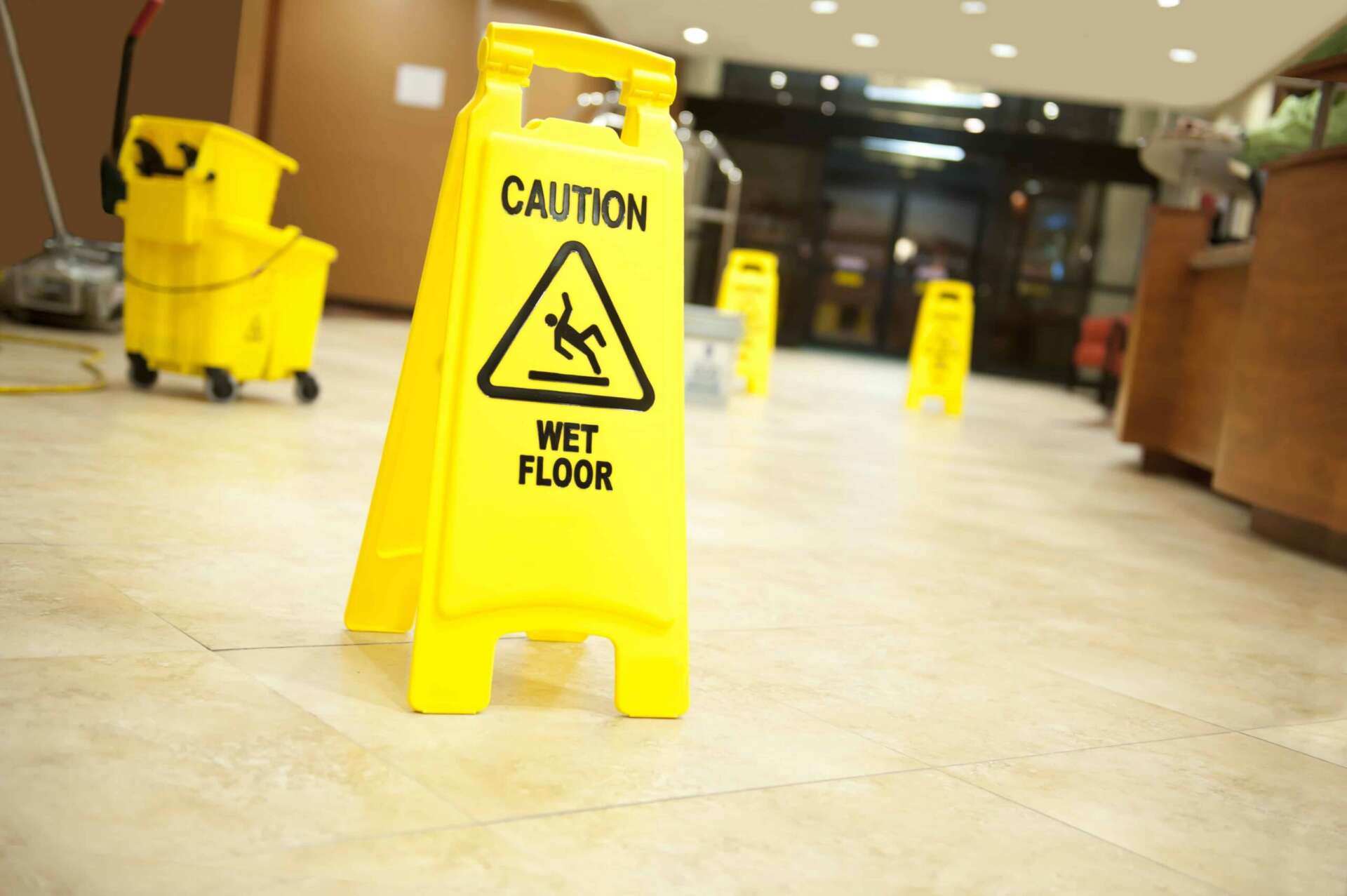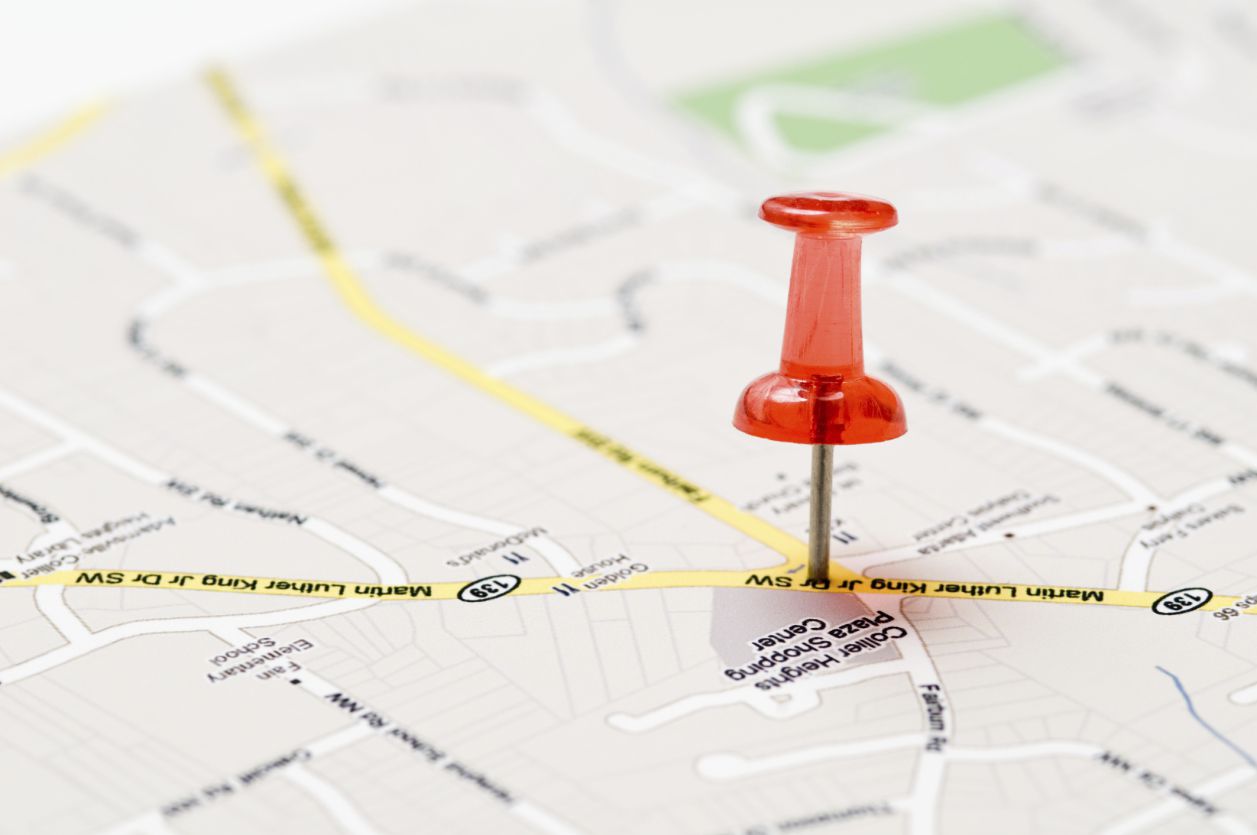With an estimated 8 million Lone Workers in the UK, How Should They Be Protected?
Lone workers account for 22% of the UK’s entire working population. As many as 150 lone workers are attacked every day, across all industries and job roles. It’s vital that lone workers have a healthy and safe working environment, and not be put at more risk than other employees. We’ve created this guide to help inform how best to protect lone workers and ensure they are safe when working alone.

Who Are Lone Workers?
Lone workers are defined by the Health and Safety Executive (HSE) as those who work by themselves without close or direct supervision, in fixed establishments and mobile workers away from their fixed base, such as:
- Estate agents, show home staff and housing association workers.
- Social and health. Anyone visiting people in their homes e.g. nurses, GP’s and social workers.
- Transport and Logistics. Drivers and warehouse staff that work alone.
- Out of Hours Work. Anyone working outside normal hours like security guards.
- Employees of water, gas and electricity companies e.g. maintenance staff.
- All types of people who work from their home like the self-employed.
- Surveyors, inspectors and site workers.
Whatever sector or workplace, lone working can be intimidating and requires procedures to safeguard and provide the individual with encouragement.

Is Lone Working Legal?
Lone working is legal, but employers have legal obligations to consider health and safety risks for all employees, those working alone, as well as any self-employed people and contractors who do work for them. Workers must be able to take care of their personal safety and co-operate with their employer to meet their regulatory requirements.

What are Employers’ Legal Obligations?
Employers have responsibilities under the Health and Safety at Work Act 1974 and the Management of Health and Safety at Work Regulations 1999 to conduct a risk assessment on all health and safety risks including for lone working.
The risk assessment must be recorded in workplaces with more than five employees. Any identified risks should be eliminated or reduced so far as is reasonably practicable. If lone working cannot be done safely, the risk should be managed by arranging back-up or help. When a lone worker is working at another employer’s workplace, the lone worker’s employer must inform that employer of any risks and implemented safety measures.
Employers are legally required to consult all their employees on health and safety, to allow employees to inform decisions and perform their tasks safely. Risk assessments must be reviewed regularly, particularly when there has been a significant change to the workplace or working practices.
Fire Safety
Under the Regulatory Reform (Fire Safety) Order 2005, employers are required to conduct a fire risk assessment. It must be carried out by a competent person and inform the implementation of fire safety procedures to reduce the fire risk and educate staff on emergency measures. Lone workers are less likely to notice a fire as they only have themselves to rely on, they must be considered when designing fire instructions and drills.
Hazardous Substances
Businesses that use or creates substances that may cause harm to health are required to carry out a risk assessment under the Control of Substances Hazardous to Health Regulations (COSHH) and include any special risks to lone workers. This excludes lead and asbestos which are covered in separate regulations.
Lone workers should be trained in the correct use of Personal Protective Equipment (PPE). Employers must provide PPE free of charge and suitable for the risks (the Personal Protective Equipment at Work Regulations 1992).
Manual Handling
Around one in two accidents involving lone workers are a direct result of manual handling. Manual handling must be avoided as far as is reasonably practicable (Manual Handling Operations Regulations 1992).
Other Responsibilities
Employers also have responsibilities for:
- First aid (the Health and Safety (First Aid) Regulations 1981).
- Welfare (the Workplace (Health Safety and Welfare) Regulations 1992).
- Suitable equipment and usage training (the Provision and Use of Work Equipment Regulations 1998 and the Lifting Operations and Lifting Equipment Regulations 1998).
As part of the Reporting of Injuries, Diseases and Dangerous Occurrences Regulations 2013, employers must report any accident resulting in death, major injury or over seven-day incapacitation to the enforcing authority.
Employers’ legal duties are not limited to this and they will have other sector-specific regulations to comply to, that may prohibit lone working in their industry.

What are the Hazards of Lone Working?
- Accidents or emergencies resulting from their work and lack of access to first aid or help.
- Fire
- Inadequate welfare facilities
- Violence and abuse
- Theft
- Intruders
- Manual handling incidents
- Illness
- Bullying and harassment
- Stress
- Hazardous chemicals and other substances
This list is not exhaustive.

Identifying the Risks of Lone Working
Employers must consider both normal working environments and the likelihood of emergencies such as fire, illness or chemical spillage. With high-risk activities like working in social care, dealing with unpredictable behaviour, it’s likely more than one person would be needed.
All employers of lone workers should ask:
- What specific risks does the workplace present to a lone worker? This may include equipment that one person would find difficult to handle.
- Can one person get in and out safely? If they’re working out of hours, the workplace could be locked.
- Is there machinery involved that cannot be operated safely by one person?
- Is there any chemicals or hazardous substances that is a risk to a lone worker?
- Does the work involve manual handling of objects too heavy or large for one person?
- Is a lone worker at risk of violence?
- Are there any reasons why the specific lone worker might be more vulnerable and at-risk if they work alone? It may be that they’re young, pregnant, disabled or still in training.
- If the lone worker’s first language is not English, are there communication plans in place to ensure the right people can be alerted in an emergency?
There should be emergency procedures which all employees are trained for, employees should have access to adequate first-aid facilities. Your risk assessment may indicate that lone workers need first-aid training.

Lone Working Policy
A lone working policy should be created from your risk assessment and will act as a guide for employees who work alone, to understand the hazards and safety procedures in place to better their working environment. A lone working policy helps employers achieve compliance with health and safety regulations and demonstrate their duty of care.

Definition of Lone Working
The lone working policy must contain a definition of what your organisation sees as a lone worker and lone working. This makes it clear to your employees in what instances the policy applies.

The Risks
The risks identified in your risk assessment must be broken down into job role, lone worker type and location. If you have multiple lone workers in different roles, it may be more appropriate to have several policies, to give employees quick and easy access to the relevant information.

Purpose and Background
There must be background information why the policy exists, focusing on the benefits to employees’ wellbeing and how these correlate to your organisation’s values.

An Organisational Commitment
The lone working policy is a chance to show your employees you care about their safety, either include your existing safety commitment or write a specific one for lone workers.

Responsibilities
The policy must state who is responsible for what, including employees and management. For instance, employees caring for their personal safety or a manager’s duty to ensure a comprehensive lone worker risk assessment has been carried out.
If lone worker devices are used, this section must state who manages usage and in what circumstances employees are responsible for their own devices.

Reporting on Hazards or Incidents
How, when and to whom your employees should report hazards or incidents must be clearly defined, it presents a learning opportunity to eliminate further risk.

Lone Working Procedures
Lone working procedures must be fully understood by all lone working employees, to work alone safely. The policy must be combined with adequate training for the role and tasks. Different procedures may be applicable to different groups of lone workers.
Examples of lone working procedures that should be in place:
- The lone worker’s form of communication with their supervisor and how often they should be in contact.
- How and when lone worker devices are to be used.
- Emergency procedures, evacuation and emergency contacts.
- Dealing with aggression.
- Contending with unauthorised individuals trying to enter the property.
This list is generalised and not a full representation of all situations which require lone working procedures. Lone working procedures must be compulsory. A step-by-step guide or checklist will help lone workers to follow new procedures until it becomes standard practice.
Training of Lone Workers
Lone workers have limited supervision and are alone in potentially difficult situations. It is crucial they are trained for the unexpected and particularly prepared for the risk of violence, they must fully understand the procedures for each situation and environment.
Employers are entitled to set limits on what can and cannot be done when lone working. Lone workers should know that they can seek advice when need be.
Supervision and Monitoring of Lone Workers
Lone workers must be monitored, the level of supervision required will be based on your risk assessment and is a decision for management to make. It’s common sense, the higher the risk, the greater the level of supervision required.
If you have a new employee, it’s advised they not undertake lone working when first starting. Individuals should not decide whether they need supervision.

Help and Support
The lone working policy should include additional information on who employees can contact if they have concerns or need support such as, health and safety representatives in the organisation, external agencies or charities.

Tips for Your Lone Working Policy
Simplicity is Key
First and foremost, your lone workers need to understand your policy to follow it. Think about the language and layout you’re going to use, it should be succinct and make it clear what employees must do.

Communicate with Your Lone Workers
Ask your lone workers to help create the lone working policy. They can tell you what risks concern them and how they could feel safer. You should focus on the benefits to your lone workers.

Tone Can Say A Lot
The tone you use is important, you may think friendlier is better and will encourage workers to adopt procedures, but employees need to know the policy is a requirement.
Don’t imply choice, avoid ‘should’, ‘could’ or ‘may’ and instead use ‘must’ or ‘it is a requirement’. Write in third person and if you’re using acronyms, spell out the word the first time so it’s obvious what you’re referring to.

Stay Up to Date
Whenever your risk assessment is re-evaluated or you introduce new lone working procedures, your policy must be updated to reflect that.

Personal Safety for Lone Workers
Vigilance is Crucial
As a lone worker, you should always know what’s going on in your environment, with people and their behaviour. You must know how to identify warning signs in atmosphere, body language and tone of voice.
Don’t use anything that could be a distraction like having loud music on or using your mobile phone. Wherever you are, always have an exit strategy. Take note of anything that could be used as a weapon against you and put yourself in a position that doesn’t make you vulnerable, making sure you have easy access to the door.

Trust your Instinct
Incidents happen when people are scared to listen to their own intuition. Listen to what your inner voice is telling you, if something feels off, it more than likely is. It’s ok to remove yourself from a situation or person that makes you feel uncomfortable and raise an alarm.

Reflect on Yourself
Being able to monitor your own behaviour is key to lone working, especially when working with people who can be violent. Don’t match anger with anger, the situation will only escalate.
Think about your tone, choice of words, body language and acknowledge your own triggers, what can make you angry or upset.

Understand Other People
Not only do you need to understand your own triggers but also be aware of other peoples, particularly non-verbal signals. Think about the context of your meeting, what will their mood be and what are the circumstances for the meeting. Above all, listen to people, they will appreciate it if you show you’re listening.

Make People Aware of Where You Are
Because lone working is as the term suggests, alone, it’s important that you let people know where you are. This could be a colleague, employer, reliable friend or family member. If you’re a mobile worker, get into the habit of reporting your location whether phoning in, sending a text or using a lone worker device.

Raising the Alarm
Carry a panic alarm or lone worker device, both can distract a criminal and help you in an emergency. A lone worker device gives lone workers a link to the emergency services and helps employers fulfil their legal duty of care to employees.
Lone worker devices should be certified to BS 8484.

Follow Your Lone Working Policy
You might forget or ignore procedures, particularly regarding a task you may have done a thousand times before. But you need to pay attention to your lone working policy and remember your training, it could save your life.
For more information see the HSE’s guidance for working alone.

About APG
The Asset Protection Group comprises a group of Fire & Security companies with shared ownership and one common goal, protecting your most important assets. As a collective group, we look to offer protection to your assets to assist you with your ongoing success within your own business.

